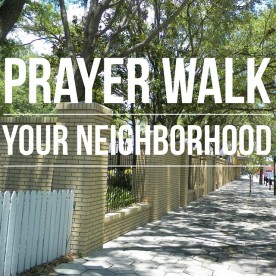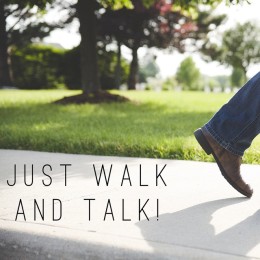Let’s talk about wholistic and what it means to us. We spell wholistic with a ‘W’ because it keeps ever in front of us the idea that we need to deal with the whole person, all aspects of their life, and the whole community or neighborhood, meaning all sectors in that place.
Some people and the Webster Dictionary spell it without the W and give it a spiritual meaning from holy. We agree with that BUT feel it is more important to concentrate on the whole, not just on the spiritual or holy aspect.
Dela Adadevoh who was my director in Africa and who I spoke of last week wrote another book The Whole Gospel to the Whole Person speaks about the Wholism from a Biblical basis.
Dela says the Gospel is a redemption and restoration story; it is restoration to a blessed spiritual, intellectual, emotional, social and material state. He goes on to list the Characteristics found in the Garden of Eden which include; goodness, beauty, order, purpose satisfaction and intimacy with God. The phrase “Kingdom of God” is used frequently to explain God’s plan for the nations and people of Jesus Christ. Knowledge and will are not enough to make people holy and spiritual.
The ultimate impact of the Gospel is the Hebrew concept of Shalom which is peace with God meaning there is no longer separation between man and God. The Gospel gives us the promise of entering God’s rest’ physically, spiritually, emotionally and intellectually. Shalom also means we can now live in peace with the rest of creation. The blessing we leave as missionaries is the blessing of peace
The call to witness for God is not limited in its focus to individuals, God also expects communities and nations to be His witness. The Great Commission is a call to make disciples of all nations, not just make disciples in all nations. Making disciples of all nations is not only making individual disciples but also disciples of communities to ensure they build themselves on Godly principles. God’s blessings are wholistic and primarily seek to bring the people of a nation relationally closer to God.
Dela ends his book by saying ‘Christ honored transformation of society must begin with the church. A transforming Church is an effective agency in the hands of God for transforming society’
In working in a community or neighborhood, we are looking into the above areas as well, but the different sectors found in a community come more into play. Therefore, when we talk about community, sometimes we will use the term sectors, and when dealing with the individual, we talk more in terms of physical, spiritual, emotional and social aspects.
Just concentrating on one area of life, such as just working with a person’s health or getting them a job, helps them in one way, but there needs to be assistance in multiple areas of life for real transformation to take place.
Let’s look at another aspect of being wholistic. Sometimes agencies talk about being wholistic when they have different people deal with the different sectors or areas in a person’s or community’s life. But to us that is not wholistic. That is parallel track ministry, but all elements rarely come to play in a person or community. Instead, what needs to happen is that multiple elements must come into play in order to see transformation. The people working in their own track are specialists and generally only concentrate on their specialty
I use the illustration: Have you ever look down a straight line of railroad tracks? The tracks start out being in parallel but far down the line they seem to converge. However, as you walk down the tracks you see that they never do. This is what happens when we have specialists working on their track.
They hope that all the people working together will bring convergence. But this does not happen.
For us to see wholistic transformation, all areas and sectors of life in individuals and a community must be done by one person who is looking for wholistic transformation to take place. This means we want to help people (in CHE or NT) to be generalists not specialists.
This also means you also have to use the KISS, Keep It Short and Simple, principle when helping people. In other words, we must decide what is the most important thing another person needs to understand, and forget sharing many of the “what-ifs”—the things people might need to know in the future or things that might be nice to know but others would never use.
So remember, it is best when we have generalists who deal with multiple areas in a community’s or person’s life, and who keep it simple. In another blog I will share with you how this is accomplished through our participatory teaching approach.


